From Stephen King to Guillermo del Toro: Tracking the Evolution of the Wendigo in Horror
I’d like to take a look back on the evolution of this unique man-eater and what its different portrayals have to say about those who keep its story alive.
Also called Windigoo and Wetiko, with numerous phonetical variations depending on time, place and demographic, the creature we now know as the Wendigo was originally described as a malevolent being associated with winter and starvation. While some Ojibwe traditions depict the beast as a gaunt humanoid from beyond the grave, accompanied by the constant stench of decay and a heart of ice, other stories describe it as a giant that grows as it feeds, remaining in a permanent state of emaciation. The common thread between nearly all versions of the creature is its never-ending hunger for human flesh, with some experts interpreting the monster as a cautionary tale against greed and gluttony.
Contrary to popular belief, these original stories don’t describe the antlers or animalistic features that we now associate with the Wendigo, with scholars theorizing that these details are the result of settlers adding a bit of euro-centric flair to native lore. The Wendigo legend was actually so widespread among first nations that “Wendigo Psychosis” became known as a clinically accepted illness in psychiatry, similar to clinical lycanthropy in western medicine.
…
In 2001, the creature would be revitalized in popular culture with Larry Fessenden‘s Wendigo, a cult classic best known for popularizing the beast’s animal-like appearance. Though it’s more of an eerie family drama than a traditional creature feature, the movie interprets the Wendigo as a shapeshifting nature spirit that’s neither good nor evil, ultimately serving as a heroic figure for the young protagonist. The unique design here steals the show, with the monster sporting a creepy silhouette and a deer-like head, complete with the now-iconic antlers. While the movie isn’t widely known, you’ve almost certainly seen its take on the monster.

Ironically, Fessenden was unhappy with the creature’s on-screen presence.
Fessenden would actually go on to revisit the Wendigo several times in his future projects, putting a ghostly incarnation of the creature in his ecologically-minded The Last Winter and having Doug Jones play an ill-fated cannibal in the Fear Itself episode Skin and Bones. The director also contributed to and appeared in Supermassive Games’ Until Dawn, which is arguably the most popular piece of Wendigo-centric media ever made. While none of these takes are 100% mythologically accurate, it’s always fun to see how Fessenden re-shapes the Wendigo to suit his storytelling needs.



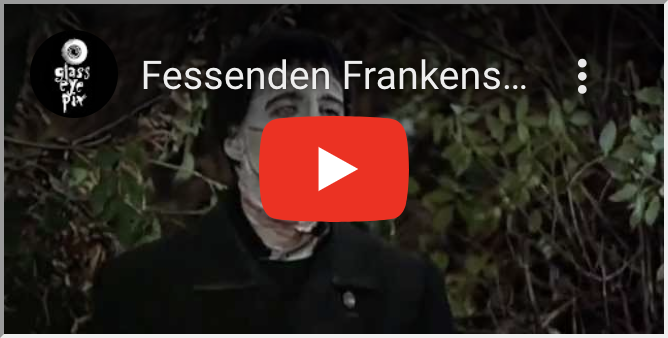





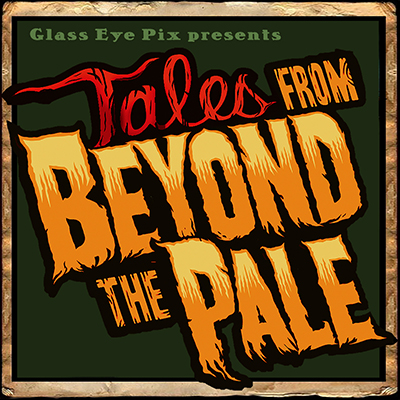
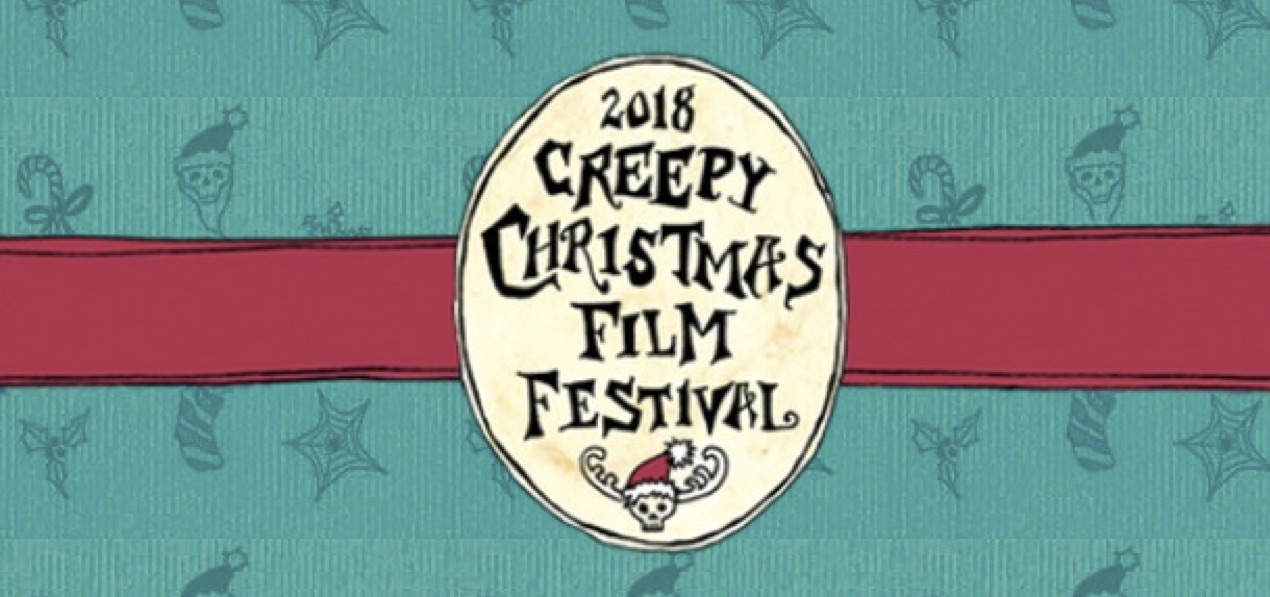
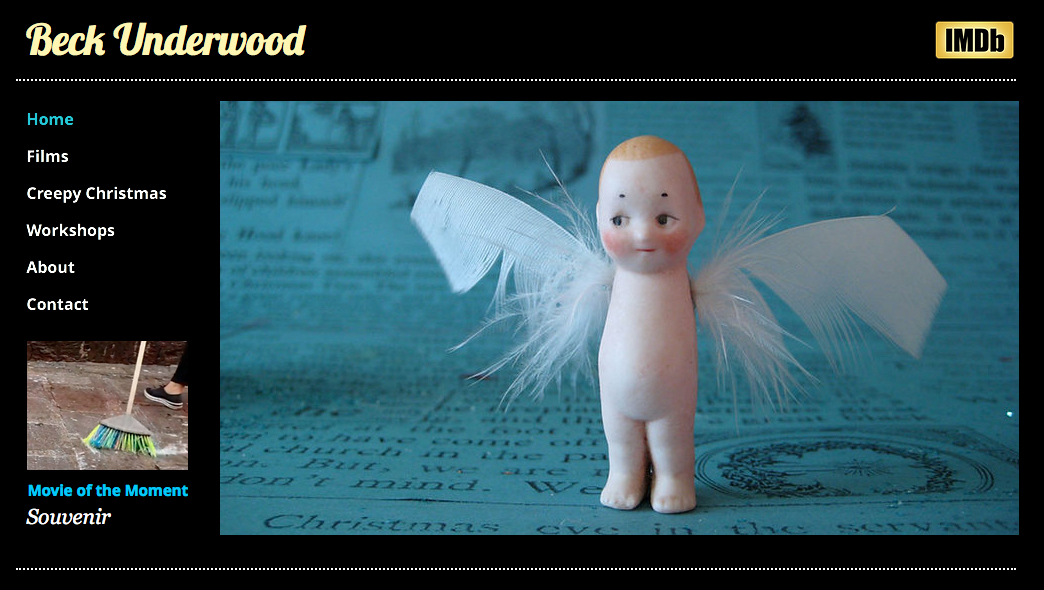






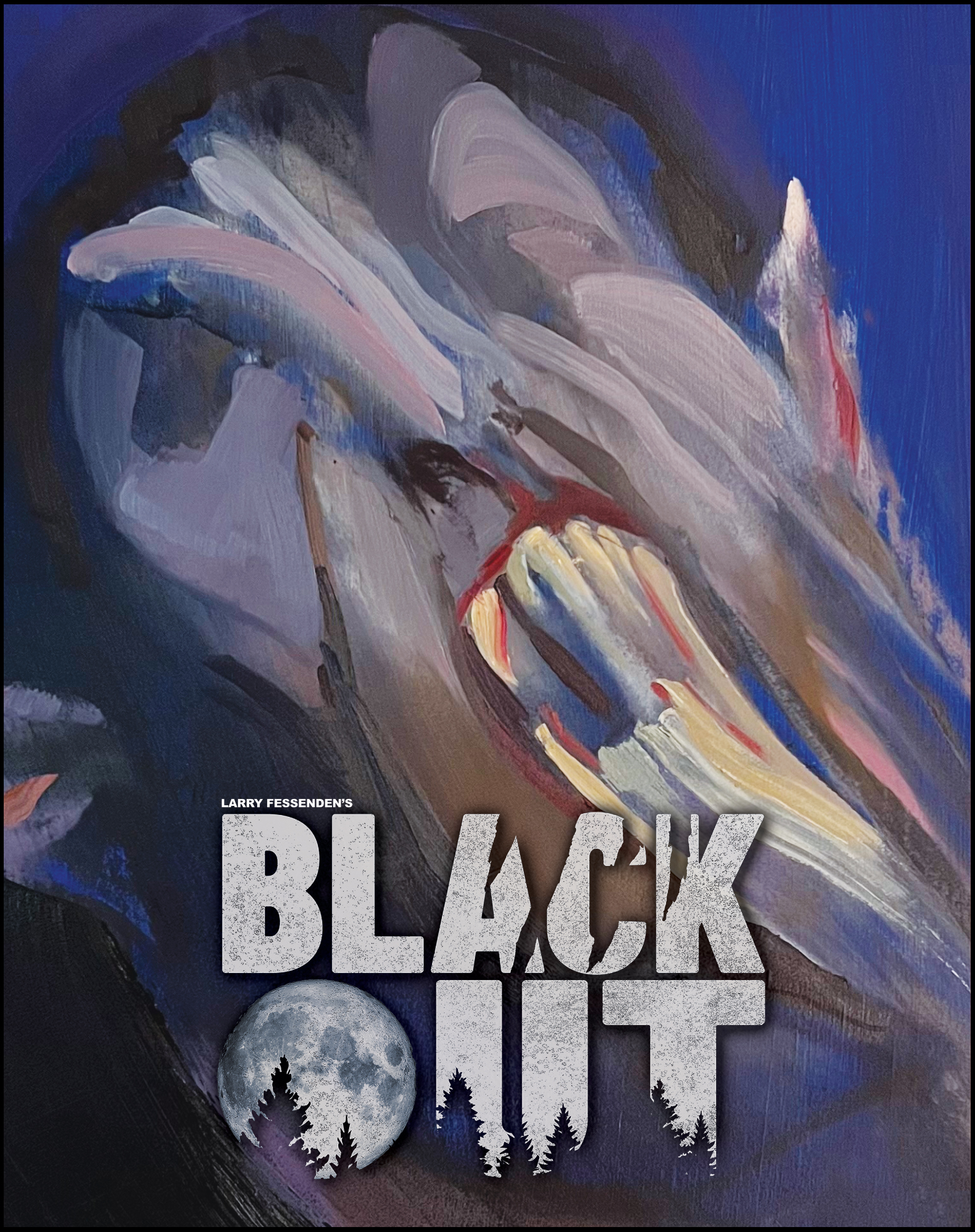

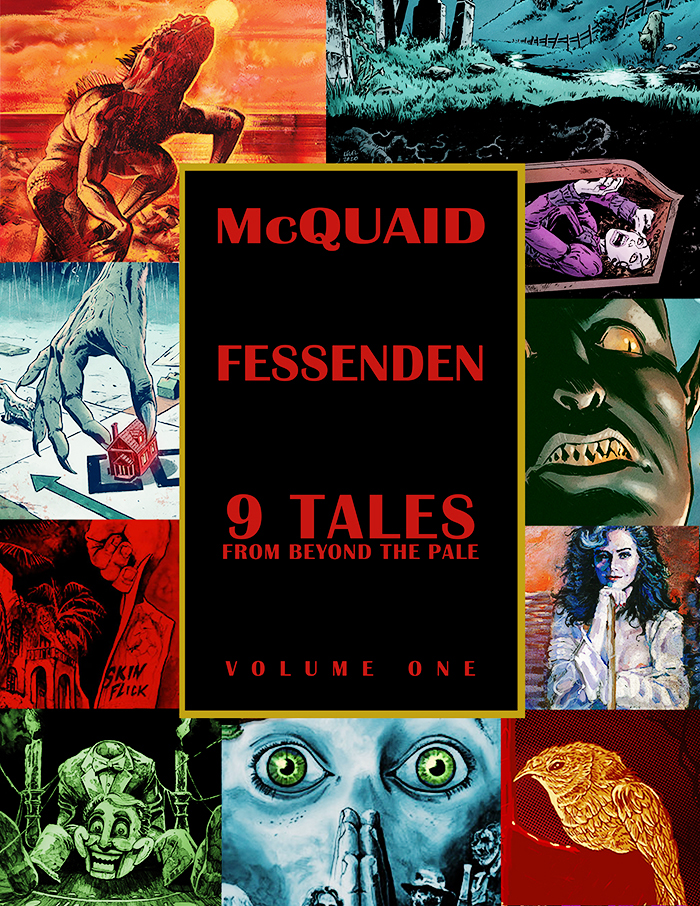
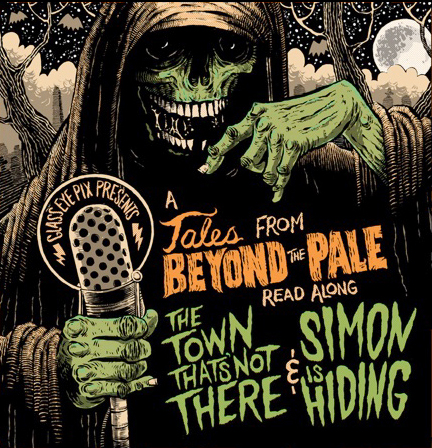
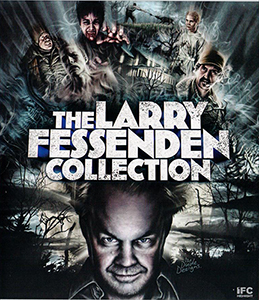
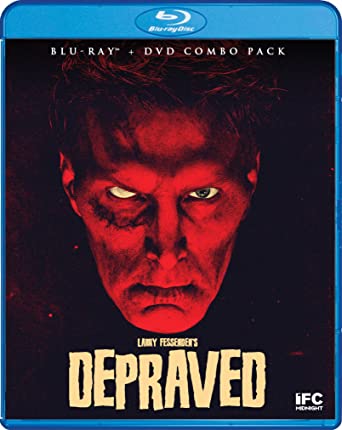
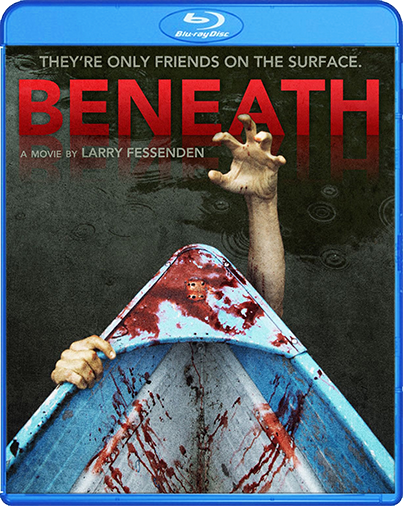
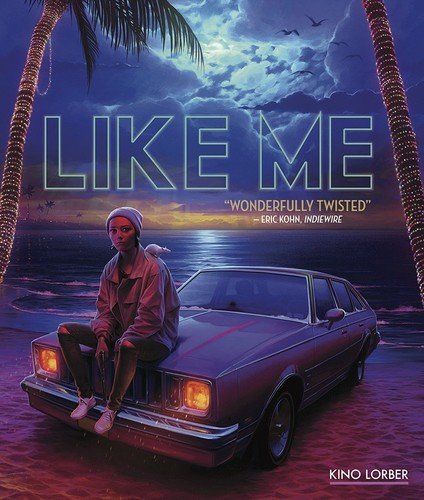



Add a comment